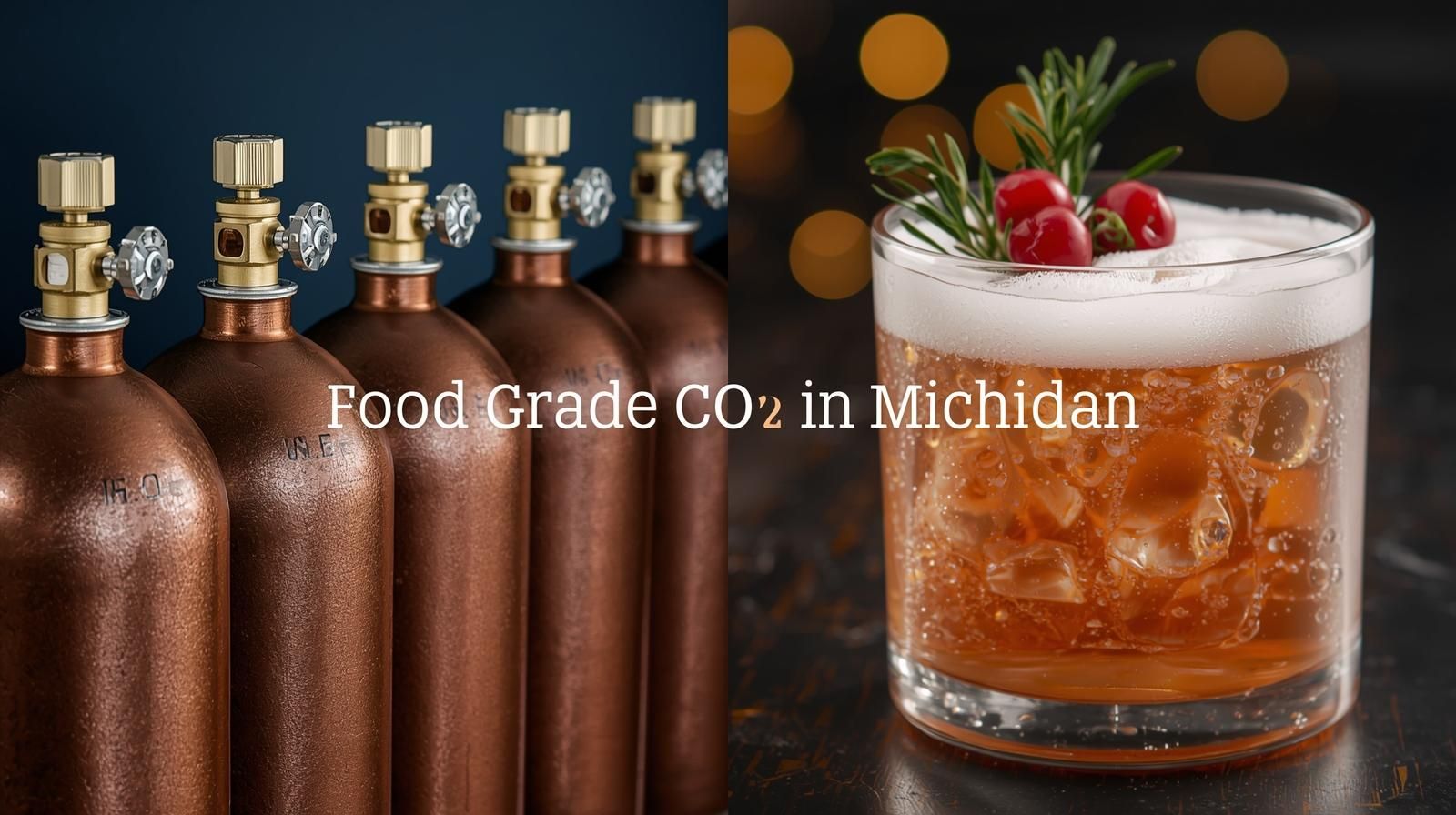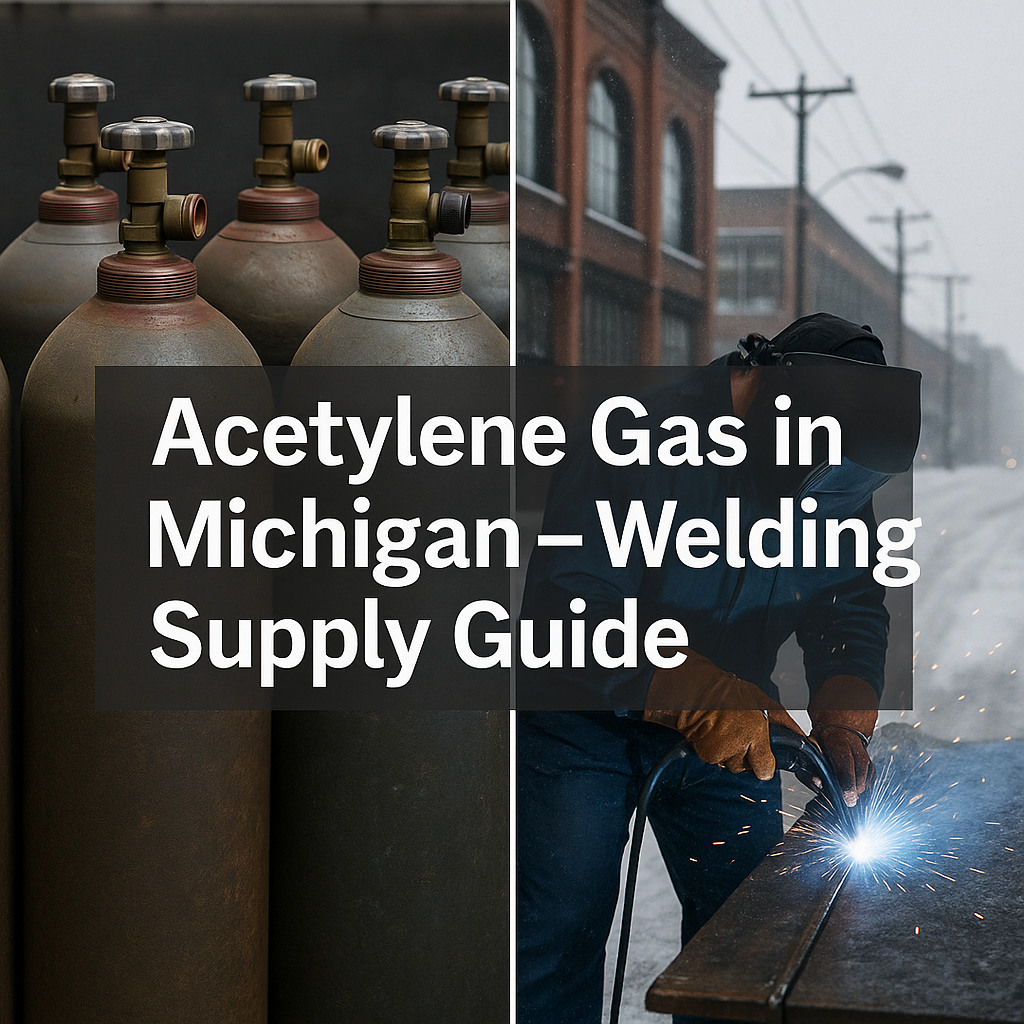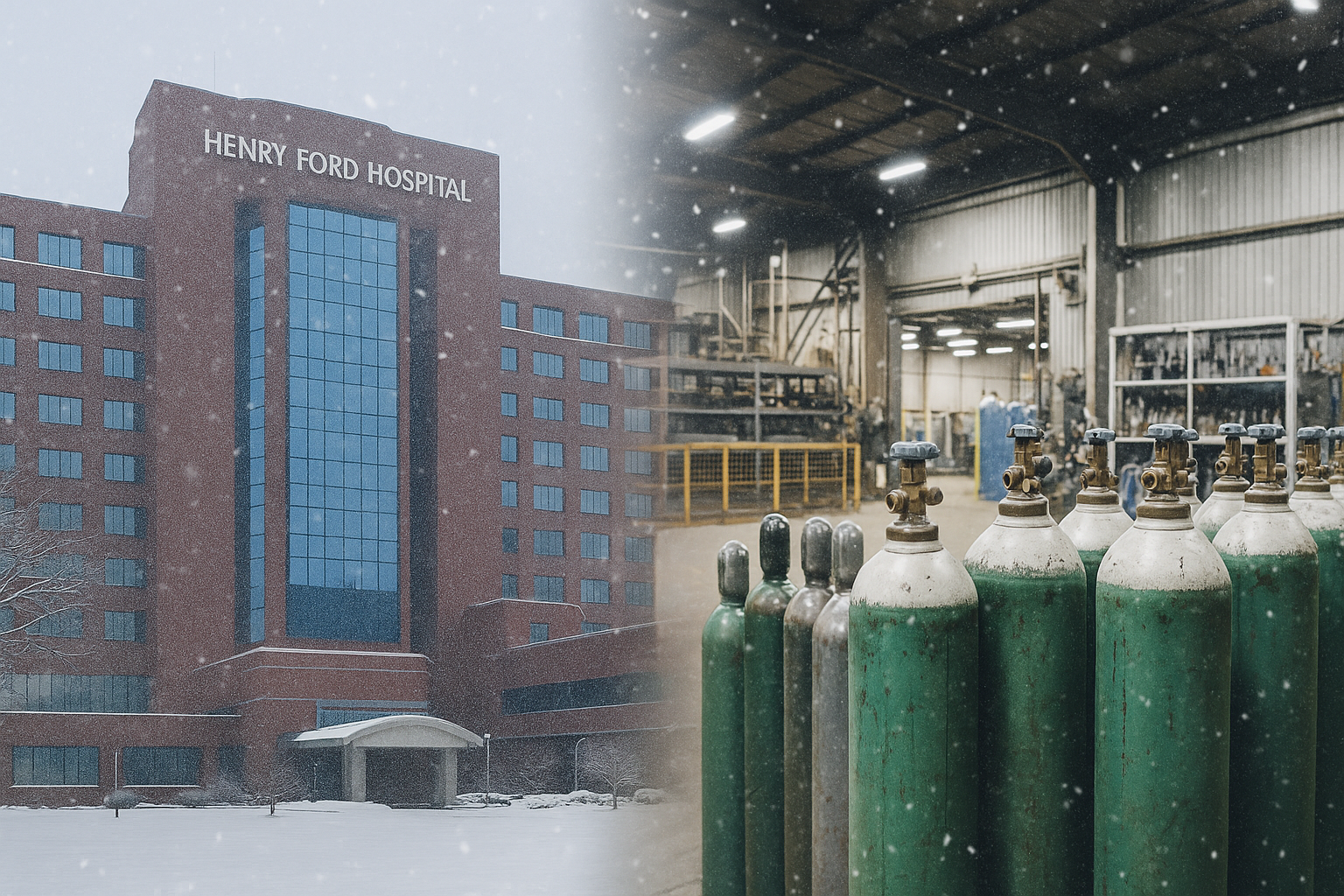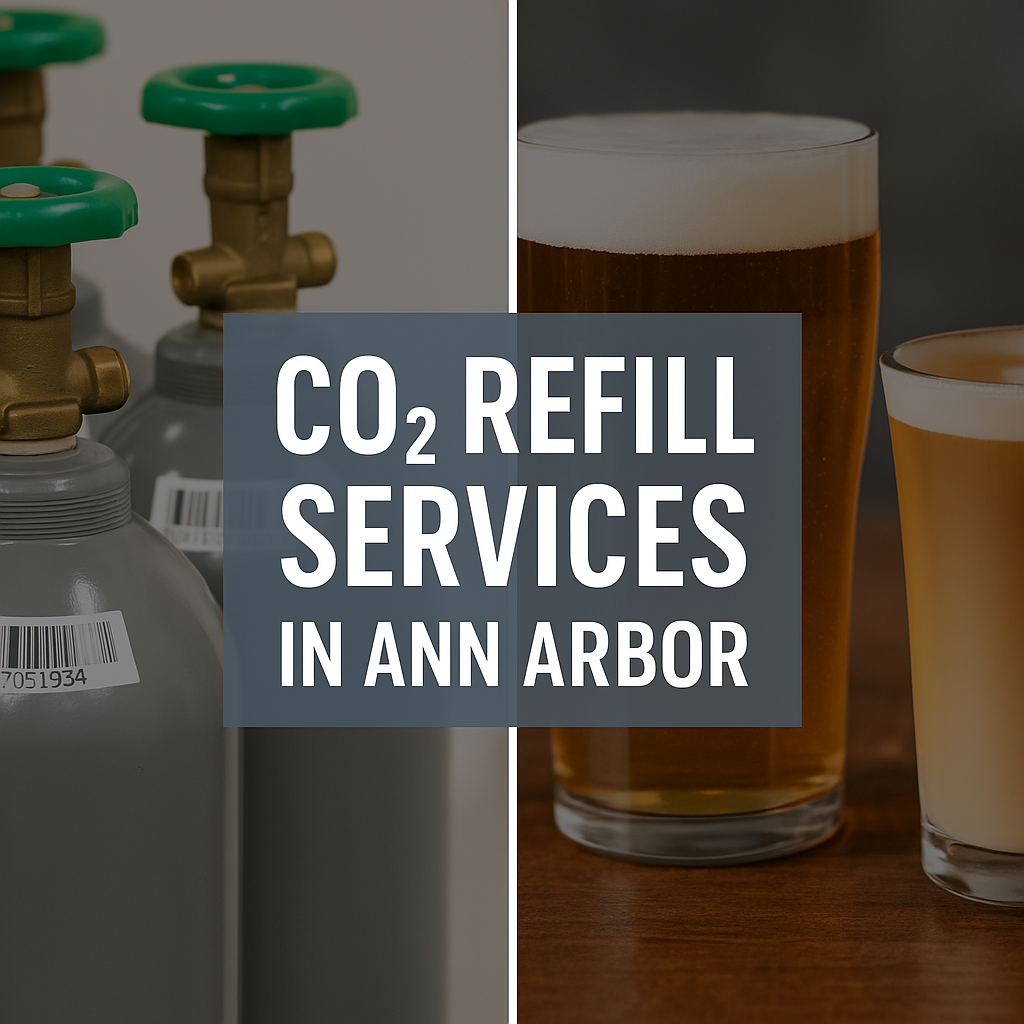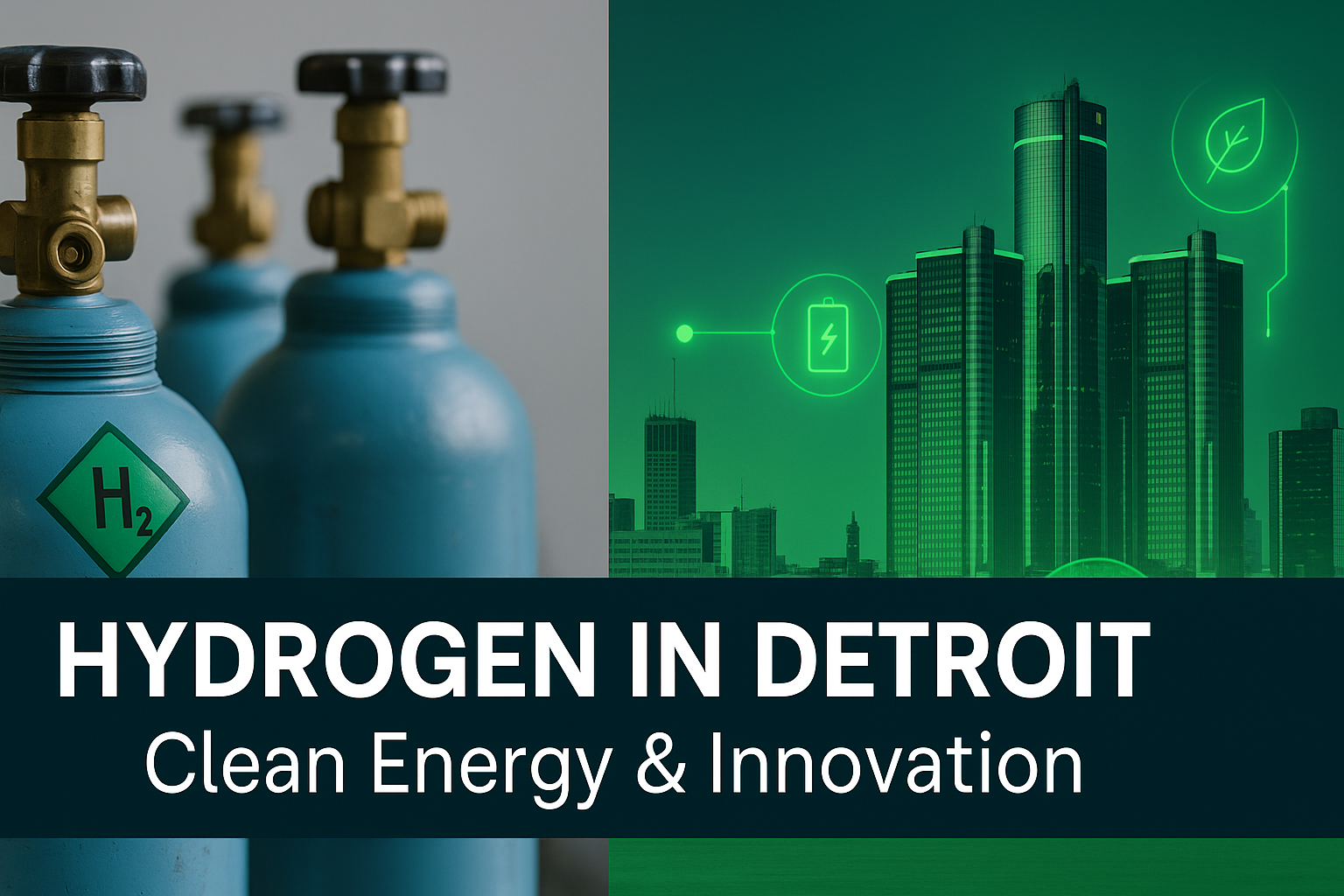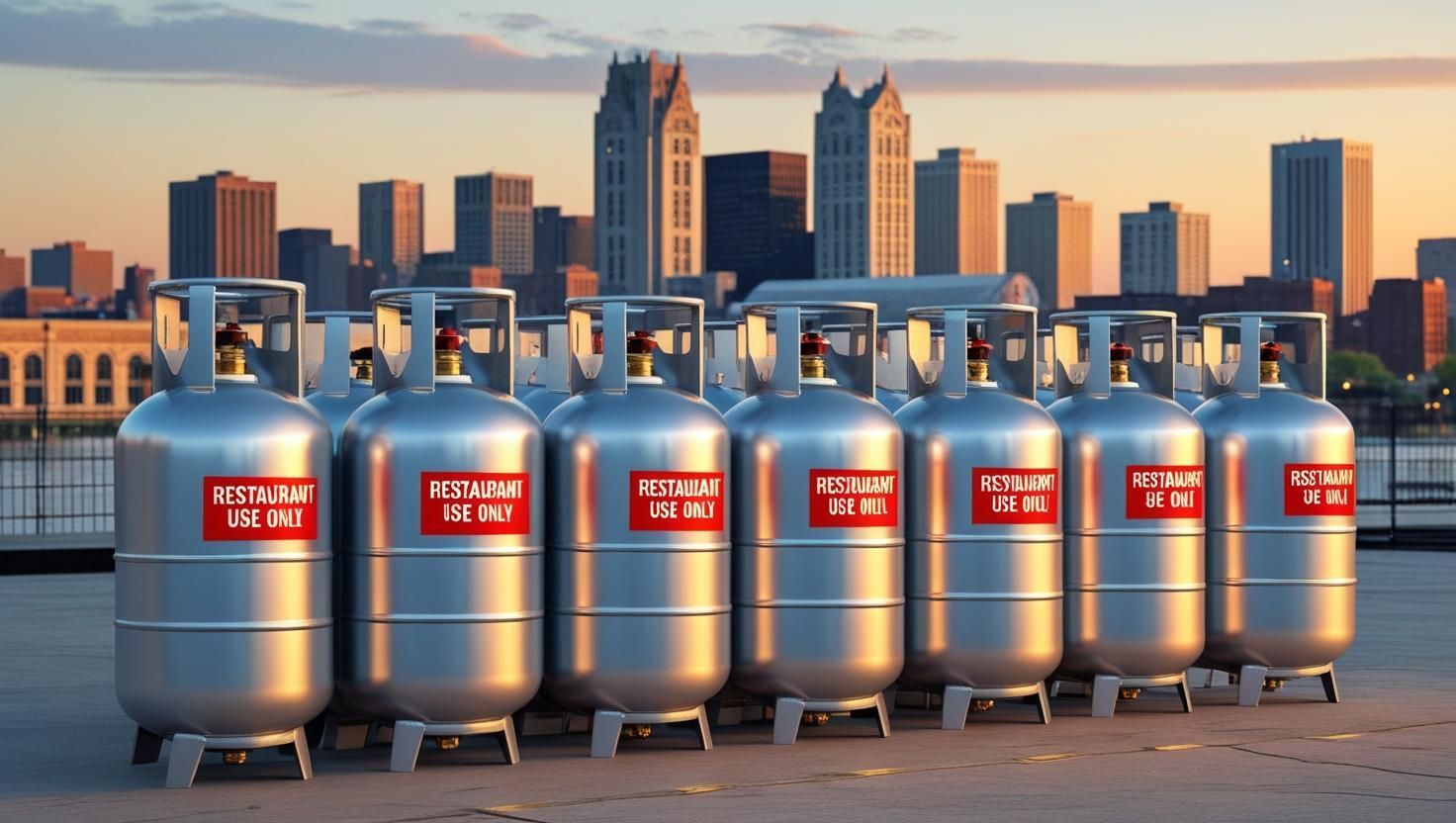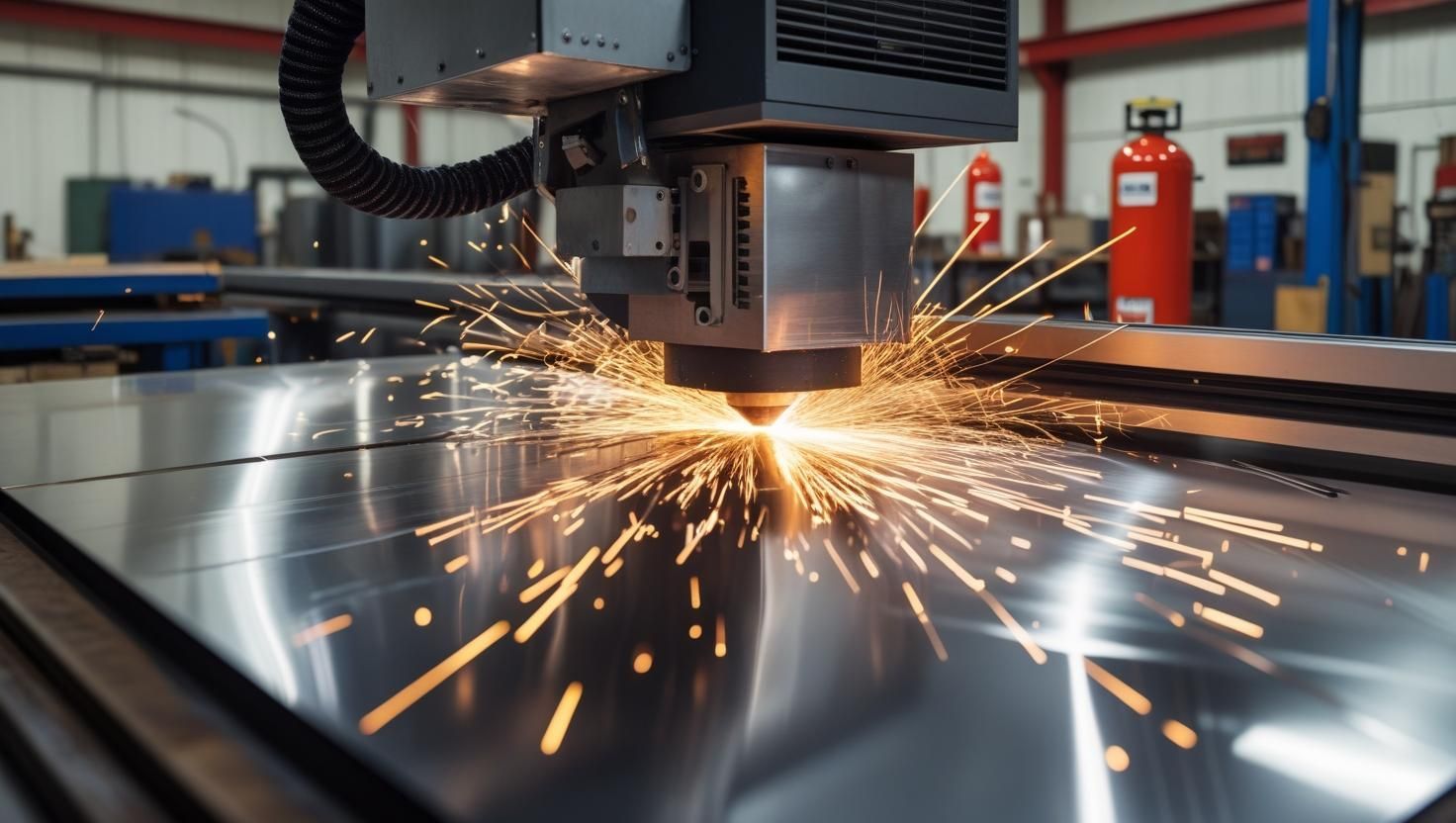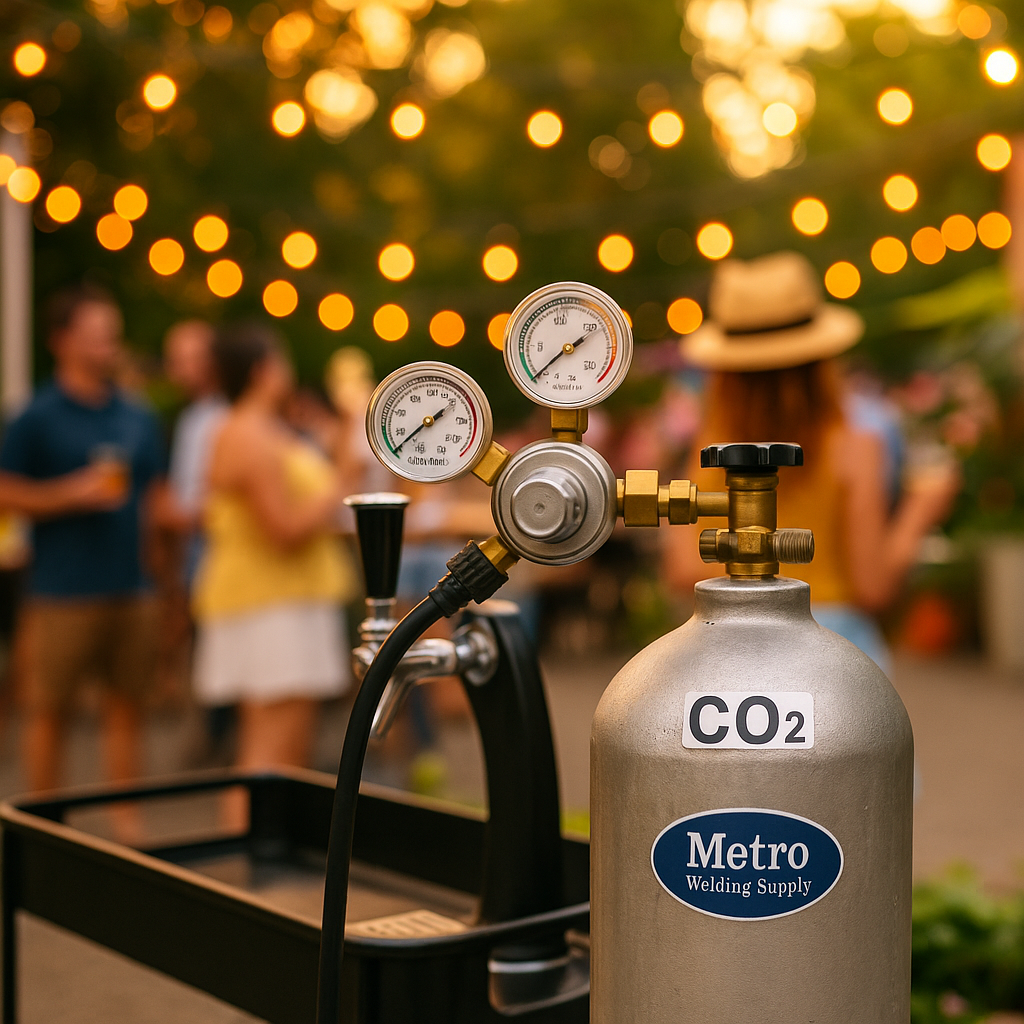Looking Ahead: What's in Store for Gas Cylinder Distribution in the Coming Year
The gas cylinders supplier industry stands at a pivotal junction, facing both challenges and opportunities as we look ahead into the coming year. With advancements in technology, shifts in consumer demand, and evolving regulatory landscapes, suppliers of gas cylinders are gearing up for significant changes.
If you're a business relying on these essential components, understanding the future of gas cylinder distribution is crucial. This blog post highlights some of the trends your business can expect to see in the coming year.
The Current State of Gas Cylinder Distribution
One key factor influencing the future of gas cylinders supplier is the increasing emphasis on sustainability and safety. The drive towards more sustainable practices is not just a regulatory mandate but also a customer demand.
Additionally, safety remains a paramount concern, given the potential hazards associated with handling and storing gas cylinders. Here are a few specific trends we are likely to see:
- Increased Use of Composite Materials: Manufacturers are increasingly turning towards materials like carbon fiber for lighter, more durable gas cylinders. These materials not only reduce transportation costs but also decrease the carbon footprint associated with traditional steel cylinders.
- Digital Integration and Smart Technology: The integration of IoT (Internet of Things) technology in gas cylinders offers enhanced monitoring of gas levels, location tracking, and even predictive maintenance, ensuring a more efficient supply chain and improved safety standards.
- Regulatory Changes and Compliance: Gas cylinders suppliers will need to stay agile and compliant with the latest environmental and safety regulations, which could see significant changes as authorities increase focus on sustainable and safe practices.
- Recycling Programs: Initiatives around the recycling and refurbishing of gas cylinders are gaining traction. This not only helps in reducing environmental impact but also offers suppliers a way to manage costs effectively.
Technology and Innovations
Technology and innovations are playing a critical role in shaping the future of gas cylinder distribution. Here are some developments to watch out for:
- Augmented Reality (AR) for Training and Maintenance: Augmented reality technology is becoming a vital tool for training employees in handling gas cylinders, allowing for safer and more efficient operations. AR can also assist in maintenance by overlaying real-time information onto physical cylinders.
- Blockchain for Supply Chain Transparency: The implementation of blockchain technology can enhance the transparency and security of the supply chain, ensuring the traceability of cylinders from manufacturing to delivery.
- Autonomous Vehicles for Distribution: The use of autonomous vehicles and drones for the delivery of gas cylinders promises to revolutionize distribution logistics, reducing costs and improving delivery times.
- Renewable Energy Sources in Production: With a push towards sustainability, the industry is exploring the use of renewable energy sources, such as solar and wind power, in the manufacturing process of gas cylinders, thus reducing carbon emissions.
- Customized Cylinder Solutions: Advances in manufacturing technologies are enabling suppliers to offer more customized gas cylinder solutions to meet specific industry needs, enhancing user experience and safety.
Regulatory Changes
- Global Harmonization of Standards: Efforts to harmonize gas cylinder standards across different countries are expected to increase. This will facilitate international trade and ensure that safety practices meet global benchmarks.
- Stricter Emissions Regulations: Anticipate stricter regulations aimed at minimizing the environmental impact associated with the production, distribution, and disposal of gas cylinders. Suppliers will need to adapt to these changes by incorporating greener practices throughout their operations.
- Increased Focus on Recycling and Reuse: Regulatory bodies are likely to put more emphasis on the recycling and refurbishing of gas cylinders as part of a broader push towards sustainability. This could include incentives for companies that adopt circular economy principles.
- Enhanced Safety Protocols: In response to the evolving understanding of safety risks, expect updates to safety regulations, including more rigorous testing protocols for gas cylinders and enhanced training requirements for handlers.
- Adoption of Digital Compliance Tools: The use of digital tools for regulatory compliance is poised to grow. These tools can help suppliers more effectively track and manage their adherence to evolving laws and standards.
Market Predictions for the Coming Year
- Growth in Emerging Markets: The demand for gas cylinders is expected to surge in emerging markets, driven by industrial expansion and increased focus on safety standards. This presents a significant opportunity for suppliers ready to meet these new demands.
- Shift Towards Green Gases: There will be a noticeable shift towards the use of eco-friendly gases, such as biogas and hydrogen. Suppliers will need to adjust their product lines to accommodate these greener alternatives.
- Price Fluctuations: The prices of gas cylinders may witness fluctuations due to the volatile costs of raw materials and transportation. Suppliers must strategize to mitigate these impacts and maintain competitive pricing.
- Expansion of Online Sales Channels: E-commerce platforms will play a more prominent role in the distribution of gas cylinders, offering convenience to both suppliers and customers. This digital shift is expected to accelerate in the coming year.
- Partnerships for Sustainability: Collaborations between gas cylinder suppliers and environmental organizations will become more common as the industry seeks to enhance its sustainability credentials.
- Consumer Education Programs: Increased efforts to educate consumers on the safe handling, storage, and disposal of gas cylinders will be a key focus, improving overall safety and environmental impact.
Conclusion
The gas cylinder distribution industry is poised for an eventful year. Strategic planning, agility in operations, and a focus on innovation and sustainability will be critical success factors for businesses looking to capitalize on emerging trends.
Industry professionals are encouraged to stay informed, collaborate with stakeholders, and take a proactive stance in shaping the future of gas cylinder distribution. By doing so, they can not only weather the impending changes but also lead the industry toward a more resilient and dynamic era.
About Metro Welding Supply Corp
Metro Welding Supply Corp stands at the forefront of supplying specialty gases and equipment to a diverse set of industries including welding companies, hospitals, research facilities, and universities. With years of experience in the field, Metro Welding has established itself as a trusted provider, ensuring that clients receive high-quality gases that meet stringent industry standards.
Their commitment to excellence and customer service has cemented Metro Welding's reputation as an essential partner for businesses that demand reliability and precision in their operations.
Contact Us
For all your specialty gas and equipment needs, or if you have any questions about our products and services, please don't hesitate to reach out to us. Our knowledgeable team is ready to provide you with the support and information you require.
Phone: 313-834-1660
Email: sales@metrowelding.com
Address: 12620 Southfield Rd, Detroit, MI 48223, United States of America
At Metro Welding Supply Corp, we value our clients and are committed to delivering excellence with every interaction. Whether you are placing an order or merely seeking expert advice, we’re here to help.
Ready to work with Metro Welding Supply Corp.?
Let's connect! We’re here to help.
Send us a message and we’ll be in touch.
Or give us a call today at 313-834-1660

